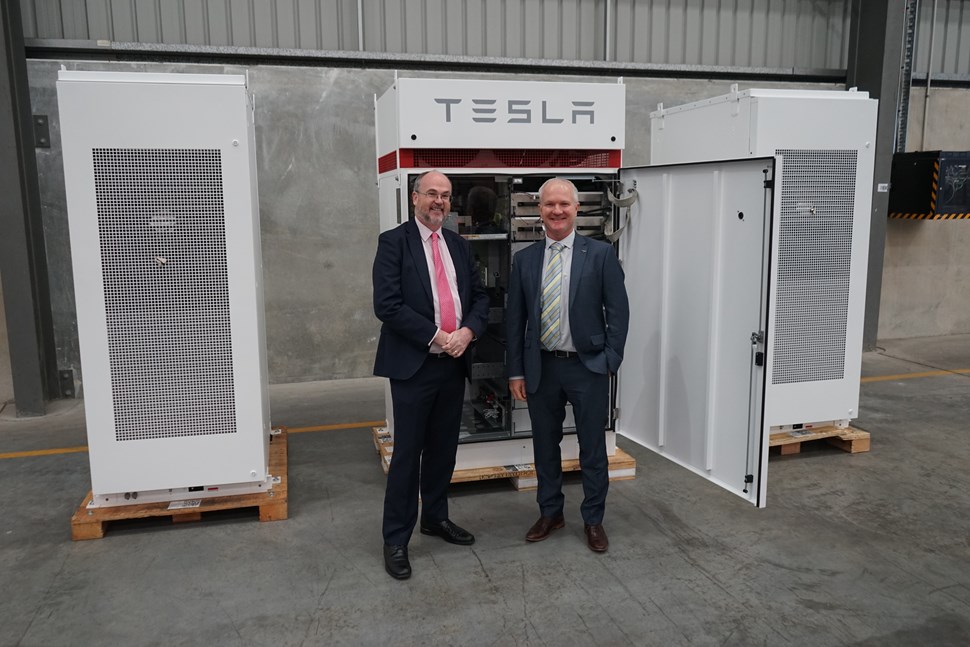After years in development, the Australian Energy Market Operator (AEMO) went live on October 1 with a suite of reforms to Western Australia’s Wholesale Electricity Market, or WEM. Western Australia has two major grids, one in the South which caters to the majority of the population, and another in the north, where the state’s booming mining industry is based.
The reforms seek to remove barriers to entry for renewable generators, reward the capabilities of battery storage and enable more responsive pricing and dispatch regimes. The reformed WEM will also be more competitive at matching real-time electricity demand with the lowest cost sources of generation, according to AEMO.
The changes are fairly technical, with a fact sheet on the reforms to be found here. Developed by an Energy Transformation Taskforce, consisting of AEMO, government agencies, industry and market participants, the reforms saw changes to around 80% of AEMO’s previous WEM systems, it said.
The overhaul was made because the state’s rules were no longer fit-for-purpose, AEMO’s Executive General Manager WA and Strategy, Kate Ryan, said.
“Only a decade ago, more than 90% of all electricity used in WA’s main power system was generated by burning coal and gas,” Ryan said. “Today, the wind and the sun account for around a third of our annual electricity supply, peaking at about 84%, at times.”
“AEMO’s significant reform package to the WEM lays the groundwork for an orderly transition to cleaner, more affordable and reliable electricity in the SWIS,” she added.
This content is protected by copyright and may not be reused. If you want to cooperate with us and would like to reuse some of our content, please contact: editors@pv-magazine.com.









By submitting this form you agree to pv magazine using your data for the purposes of publishing your comment.
Your personal data will only be disclosed or otherwise transmitted to third parties for the purposes of spam filtering or if this is necessary for technical maintenance of the website. Any other transfer to third parties will not take place unless this is justified on the basis of applicable data protection regulations or if pv magazine is legally obliged to do so.
You may revoke this consent at any time with effect for the future, in which case your personal data will be deleted immediately. Otherwise, your data will be deleted if pv magazine has processed your request or the purpose of data storage is fulfilled.
Further information on data privacy can be found in our Data Protection Policy.